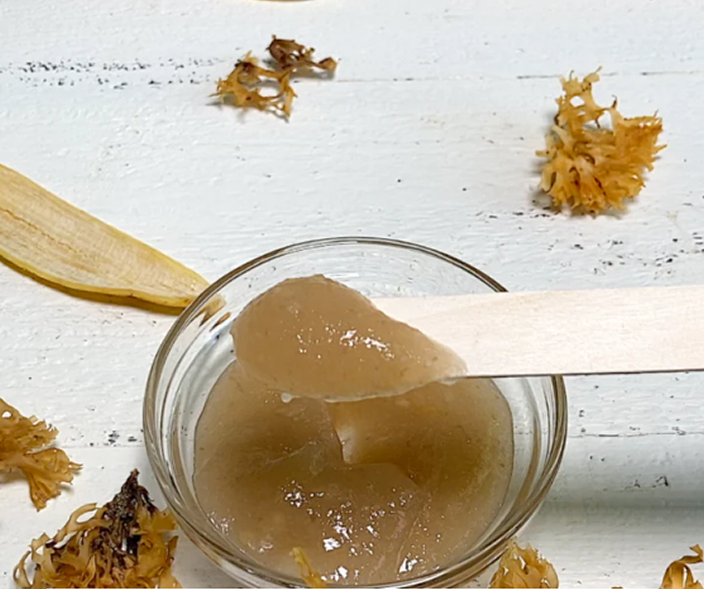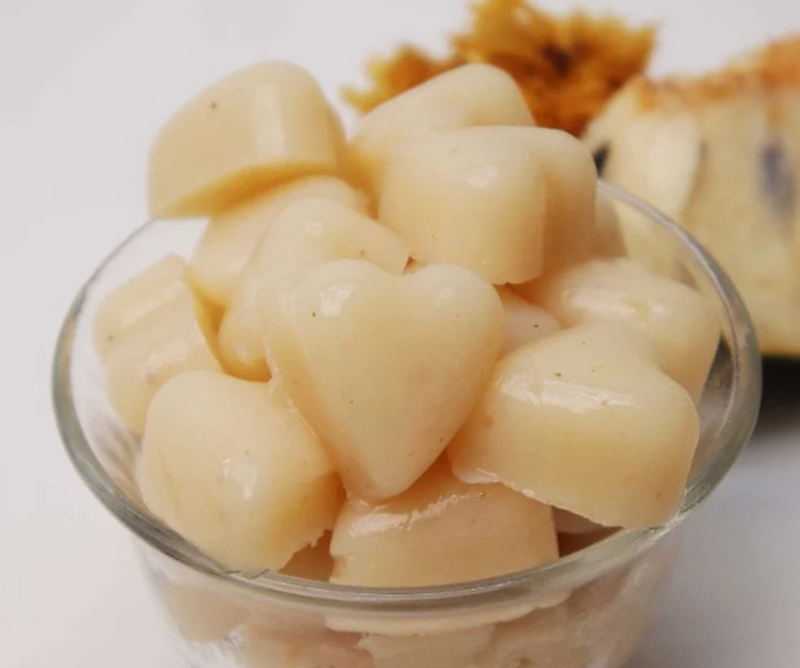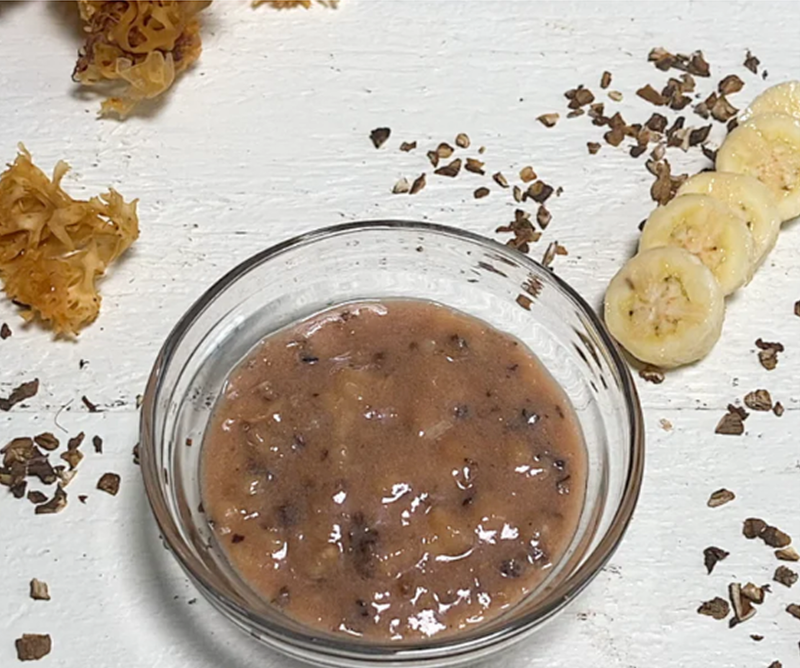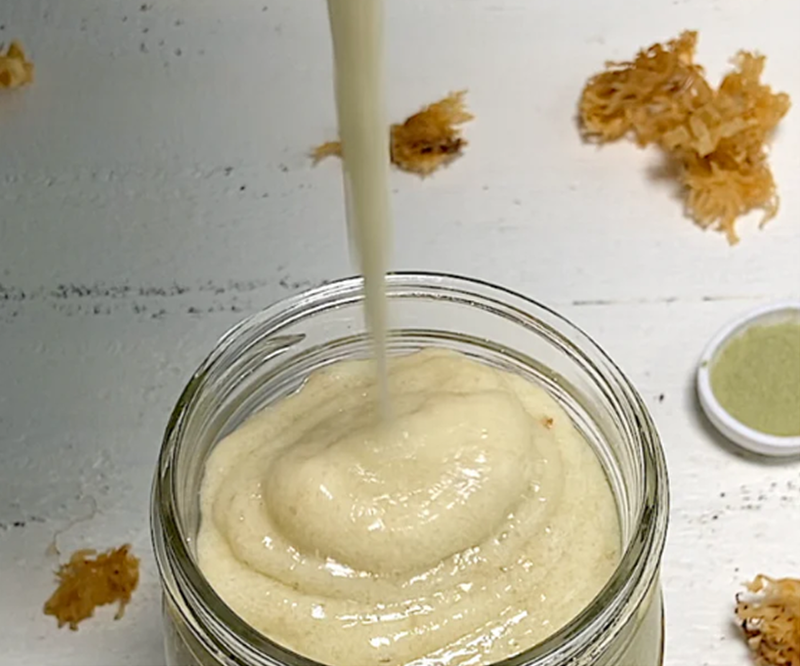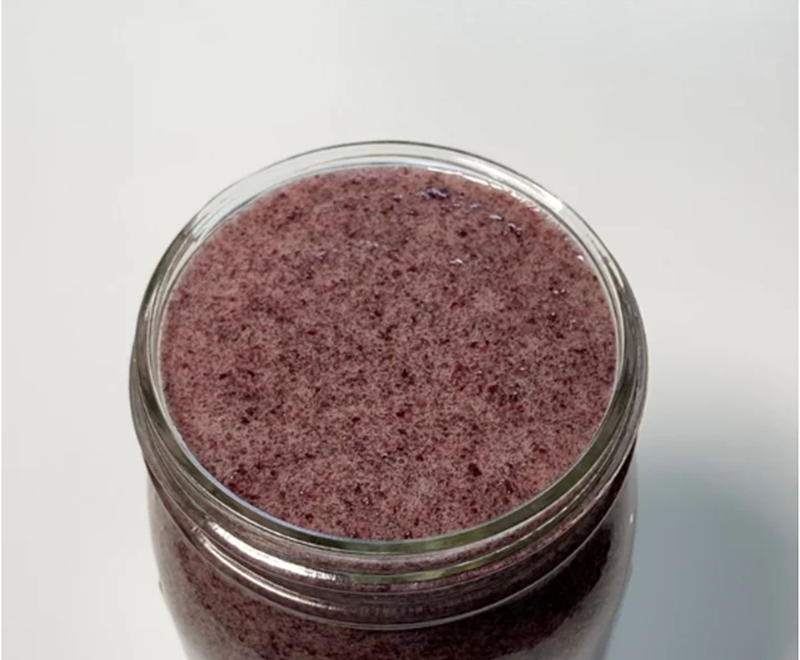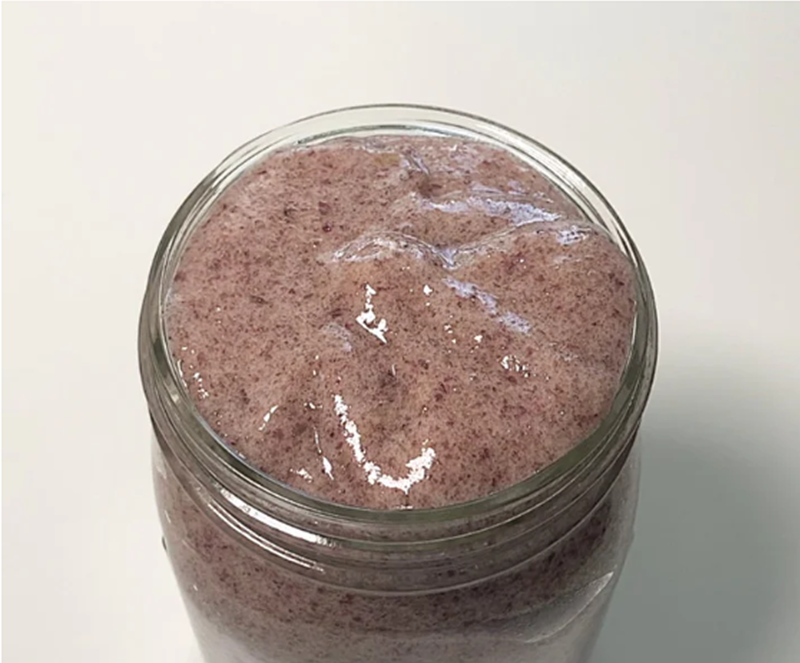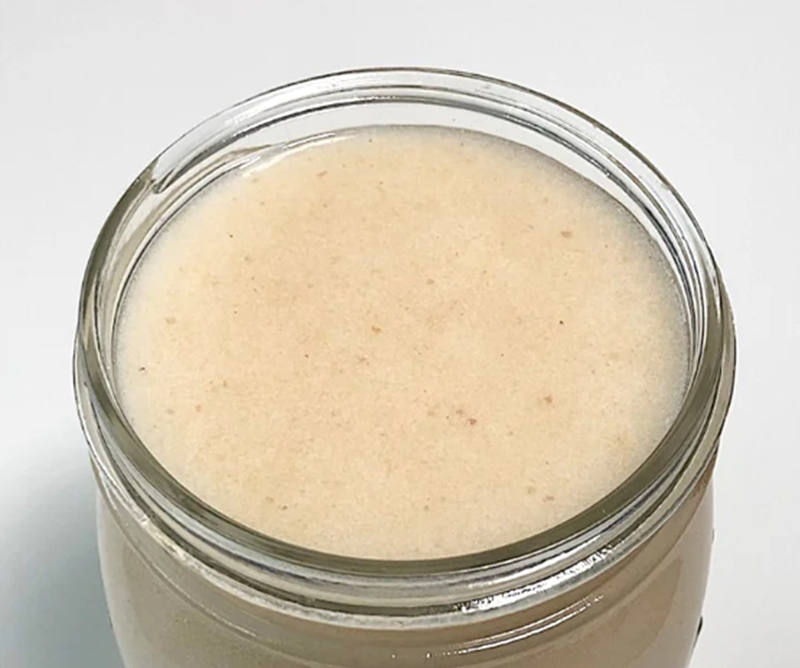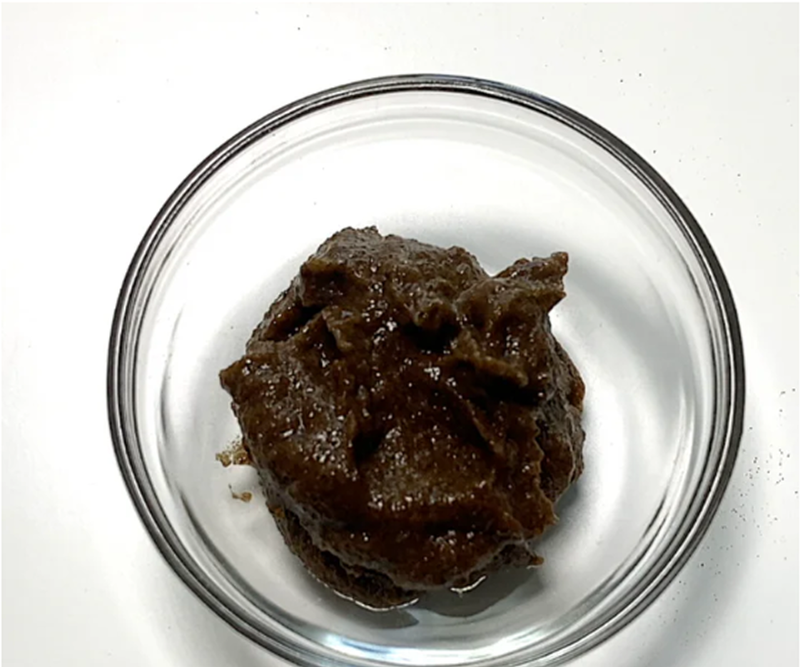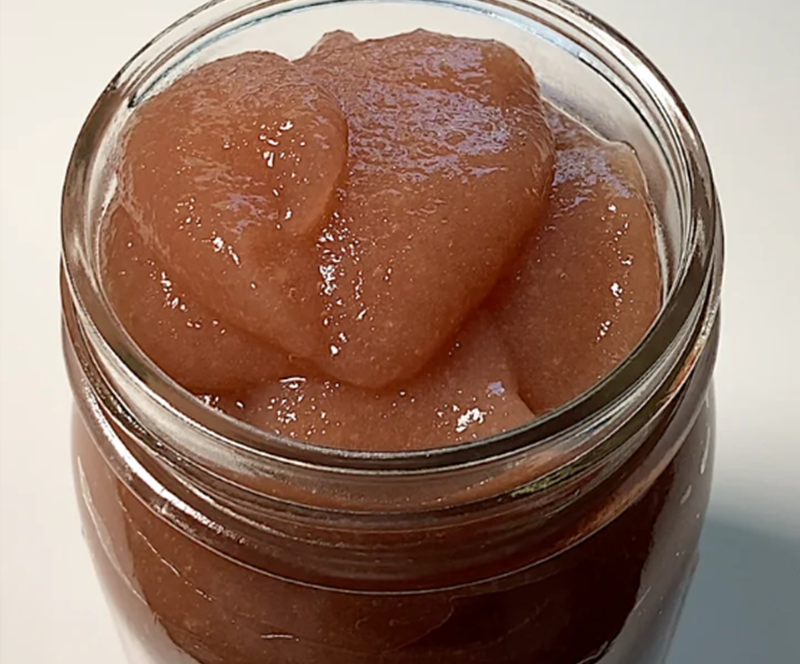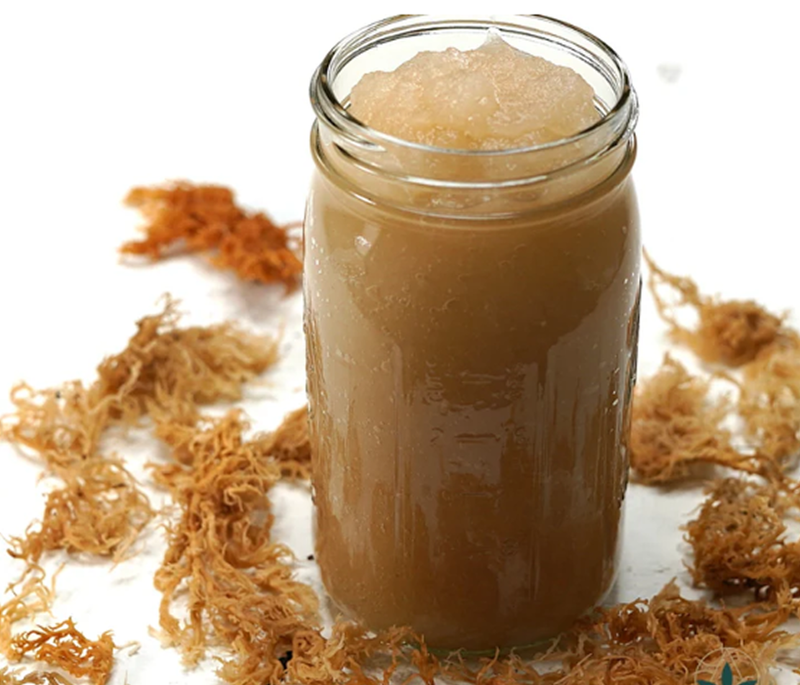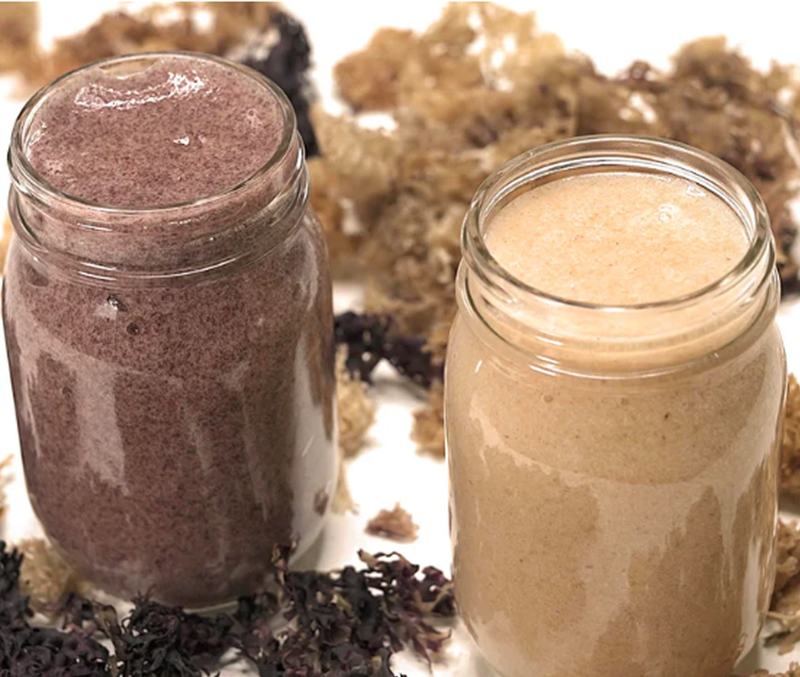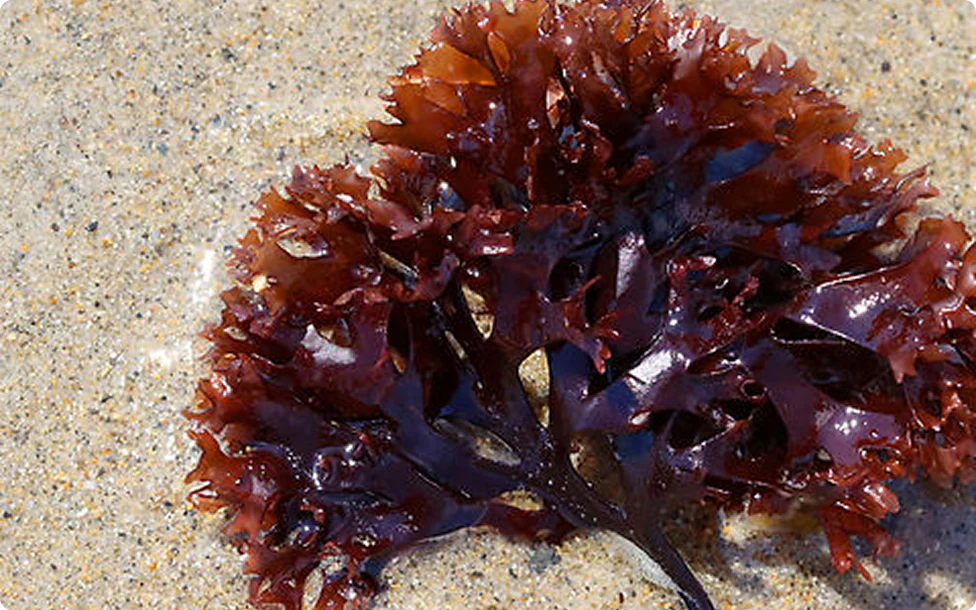

Sea Moss & Bladderwrack
- Support already healthy cardiovascular function, muscle function, and red blood cells
- Promotes healthy hair, skin, and nails
- Promotes a healthy mood and thyroid*
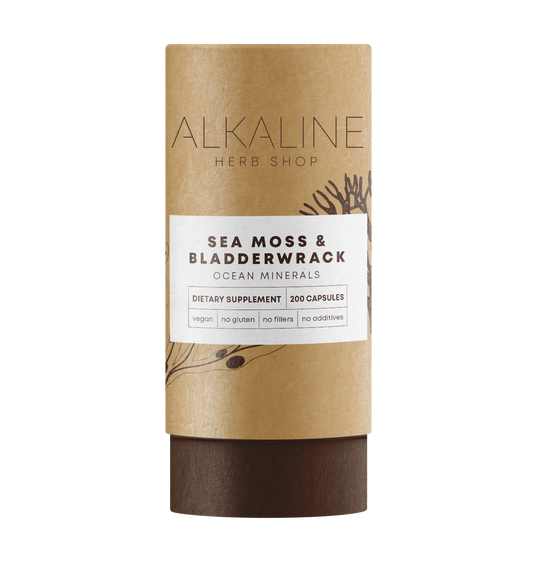
Sea Moss & Bladderwrack Supplement 200 Capsules
Sea Moss & Bladderwrack 90 Capsules
Sea Moss, Lavender and Soursop Soap
- Made with natural ingredients, this soap cleanses, refreshes, and soothes, promoting soft, healthy skin. Suitable for all skin types.
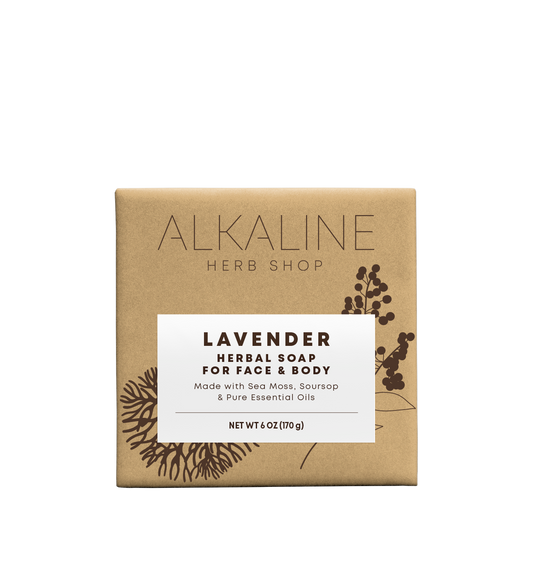
Sea Moss, Soursop, & Lavender Soap
Sea Moss Supplement
- Promotes healthy hair, skin, and nails
- Supports healthy iron levels
- Supports a healthy thyroid
- Supports healthy red blood cells and cell formation
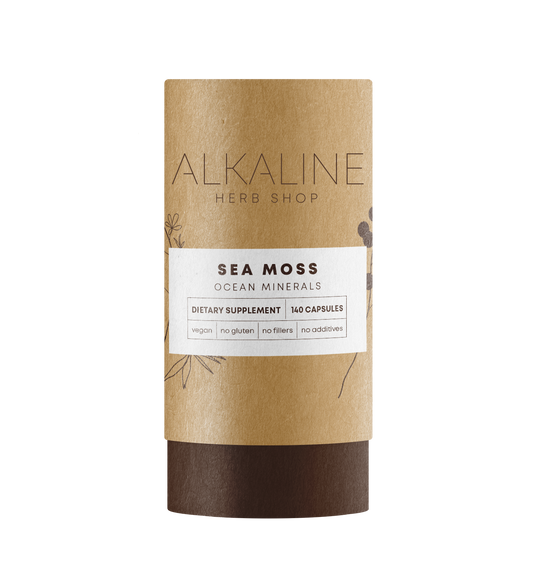
Sea Moss Supplement 140 Capsules
Sea Moss, Burdock Root, Eucalyptus, & Spearmint Soap
You’re suddenly seeing sea moss everywhere, yet skincare’s newest superstar seems to have popped up out of nowhere. This nourishing algae (also called Irish moss or Chondrus crispus) has recently made the jump from health food stores to bathroom shelves. Cue a feeding frenzy of TikTok videos and Instagram posts showing off its skin-transforming powers.
But should you be adding sea moss to your skincare routine? Let's break down what sea moss can really do for your skin, how to use it, and whether it deserves a spot in your beauty cabinet.
What's in Sea Moss?
Sea moss is a type of algae that grows along rocky Atlantic coastlines. Even though people are ‘discovering’ it on TikTok today, coastal communities have been using sea moss for centuries as food and medicine.
What makes sea moss special is its nutrient profile. It contains vitamins A, C, E, and K, plus minerals like zinc and sulfur. It's also rich in amino acids and polysaccharides (complex sugars), which give it that gel-like texture when prepared.
You can find sea moss in several forms: raw and dried, as a gel, in powders, or as an extract in skin care products. But not all sea mosses are the same. Alkaline Herb Shop selects only the highest-quality, wildcrafted chondrus crispus sea moss that's been carefully sourced from cold waters. It’s a world away from the lower-quality, pool-grown, warm-water varieties that contain fewer nutrients.
How Are Sea Moss and Skin Health Connected?
Let's get into what makes sea moss check so many boxes as a skincare ingredient.
The vitamin content in sea moss supports skin in different ways. Vitamin A promotes cell turnover (similar to retinol, but gentler), vitamin C helps with collagen production, and vitamins E and K offer protection and healing properties.
Minerals play a huge role, too. Zinc helps regulate oil production and can speed up healing, while sulfur has natural antimicrobial properties that can help with acne.
The polysaccharides in sea moss create a protective, hydrating film on the skin. One of these compounds, carrageenan, is extracted from sea moss and often used as a thickening agent in many commercial skincare products.
While clinical studies specifically on sea moss for skin are still ongoing, the research on its components is promising. Most evidence comes from laboratory studies or traditional use rather than large human trials.
What are the Key Benefits for Skin?
Deep Hydration
Sea moss is a hydration powerhouse. Those polysaccharides work similarly to hyaluronic acid (a slippery substance produced naturally in the body), drawing moisture into the skin and keeping it there.
When you apply sea moss gel to your skin, it forms a light, non-greasy barrier that locks in moisture. This makes it especially helpful for dry or dehydrated skin types. The gel strengthens your skin's natural moisture barrier, which can prevent water loss throughout the day. The best part is that it hydrates without clogging pores, making it suitable even for those prone to breakouts. Curious to try it yourself? Check out how to make a sea moss gel in a natural way. It’s a simple recipe that’s easier to follow than you might think.
Anti-Inflammatory Properties
If your skin gets red, irritated, or inflamed easily, soothing sea moss might become your new best friend. Its anti-inflammatory compounds can help calm skin conditions like rosacea, eczema, and even acne.
The omega-3 fatty acids and sulfur content in sea moss work together to reduce redness and irritation. These compounds help regulate the skin's inflammatory response, potentially providing relief for chronic skin conditions.
Antimicrobial Effects
There’s good news, too, if your skin type is prone to breakouts. Sea moss contains natural antimicrobial compounds that may help fight the bacteria that contribute to acne.
The sulfur content is particularly beneficial here. Sulfur is a well-known ingredient in many acne treatments because it helps reduce bacteria on the skin's surface while gently exfoliating dead skin cells.
Sea moss also helps balance the skin's microbiome, the community of bacteria that live on your skin. A balanced microbiome means fewer opportunities for harmful bacteria to trigger breakouts.
Nutrient Delivery
Sea moss also serves as a topical multivitamin for your skin. Its rich mineral content, including magnesium, calcium, potassium, and more, nourishes your skin with the nutrients it needs to function optimally.
These minerals support various skin processes, from cell turnover to maintaining proper pH balance. The result? Skin that looks more vibrant and feels healthier.
Meanwhile, the vitamin content in sea moss contributes to better skin texture and tone. Vitamin A promotes cell rejuvenation, while vitamin C brightens and helps fade dark spots over time.
Anti-Aging Benefits
Could this ancient herb be the secret to eternal youth? Not quite. While no topical product can stop aging, sea moss may certainly help your skin bear the passing years more gracefully.
The antioxidants in sea moss help protect against environmental damage from pollution and UV exposure, two major causes of premature aging. By neutralizing free radicals, these antioxidants may help prevent the breakdown of collagen and elastin that leads to fine lines and wrinkles.
Sea moss also contains compounds that support your skin's natural collagen production. Since collagen gives skin its firmness and elasticity, this can help maintain a more youthful appearance over time.
How to Incorporate Sea Moss Into Your Skincare Routine
Ready to try sea moss for yourself? Here's how to add it to your skincare routine:
Forms of Sea Moss for Skincare:
Basic Routine:
- Cleanse your face with a gentle cleanser
- Apply toner (optional)
- Apply a thin layer of sea moss gel
- Follow with moisturizer (if needed)
- Add sunscreen during the day
It’s fine to combine sea moss with other natural ingredients like aloe vera, honey, and rose water. You can mix a bit of sea moss gel with honey for a quick hydrating mask, or add a few drops of rose water to thin the gel for easier application.
However, be cautious about mixing sea moss with strong active ingredients like retinol or AHAs/BHAs in the same application, as this might reduce effectiveness or cause irritation. Instead, use sea moss in your morning routine and save stronger activities for nighttime.
What are the Potential Side Effects and Considerations?

While sea moss is generally safe for most people, there are a few things to keep in mind:
- Iodine Content: Sea moss is naturally high in iodine, which can irritate some skin types or cause problems for people with thyroid conditions. If you have a thyroid disorder, check with your doctor before using sea moss products.
- Allergic Reactions: As with any natural product, allergic reactions are possible. Always do a patch test before applying sea moss to your face: apply a small amount to your inner forearm and wait 24 hours to check for any reaction.
- Quality Concerns: The source of your sea moss matters. Low-quality or improperly harvested sea moss may contain components like heavy metals. Always purchase from reputable sources like Alkaline Herb Shop that test the products and source from clean waters.
- Pregnancy Considerations: If you're pregnant or breastfeeding, talk to your healthcare provider before using sea moss products, especially internally.
- Storage Issues: Homemade sea moss gel can grow bacteria if not stored properly. Always keep it refrigerated and use it within 3-4 weeks, or freeze portions for longer storage.
Who Should Consider Using Sea Moss for Their Skin?
Sea moss can benefit many skin types, but it's particularly good for:
- People with dry or dehydrated skin who need extra moisture
- Those with sensitive or easily irritated skin looking for gentle, natural solutions
- Anyone dealing with occasional breakouts or acne
- People concerned about early signs of aging
- Those looking to simplify their routine with a multi-benefit natural product
Sea moss is also great for seasonal skin issues, use it for extra hydration during dry winter months or as a soothing treatment after sun exposure in summer.
If you prefer natural, plant-based skincare with minimal ingredients, sea moss aligns perfectly with that approach. It's vegan, sustainable, and often requires less packaging than conventional products.
Time to Try
Sea moss is getting its moment in the spotlight for good reason, but this is no passing fad. This prized marine algae offers some impressive benefits for skin, from deep hydration and soothing inflammation to supporting your skin's natural functions with its rich nutrient profile. While it's not a miracle cure, many users see noticeable improvements in their skin's texture, moisture levels, and overall appearance.
As with any skincare ingredient, results vary from person to person. Start slowly, be consistent, and give it time to work. Remember to patch-test first and consider consulting with a dermatologist if you have specific skin concerns.
Whether you try a ready-made sea moss product or make your own gel at home, this ocean treasure might just become an essential product in your natural skincare routine.
Frequently Asked Questions
In what ways does sea moss improve skin health?
Sea moss hydrates deeply, reduces inflammation, offers antimicrobial benefits for acne-prone skin, delivers essential nutrients, and provides antioxidant protection against environmental damage.
Does sea moss work well for every skin type?
Sea moss is versatile and works for most skin types. It's especially beneficial for dry, sensitive, or mature skin, but even oily skin types can benefit from its balancing properties when used appropriately.
Could sea moss reduce acne or similar skin issues?
Yes, sea moss may help with acne thanks to its antimicrobial properties and sulfur content, which can reduce bacteria and inflammation associated with breakouts. Many users report fewer and less severe breakouts with regular use.
What risks come with applying sea moss to skin?
Potential risks include allergic reactions, irritation from high iodine content, and contamination if using poor-quality sea moss. Always patch test first and source from reputable suppliers like Alkaline Herb Shop.
How can sea moss be added to a daily skincare routine?
Apply sea moss gel after cleansing and toning but before heavier moisturizers. It can be used daily for dry skin or a few times weekly for oily skin. It works well under makeup and can be used in both morning and evening routines.
Is it possible to create sea moss skincare products at home?
Absolutely! Basic sea moss gel is easy to make by soaking dried sea moss and blending it with water. This gel can be used alone or mixed with other natural ingredients like honey, aloe vera, or herbs to create masks and treatments.
How soon might skin improvements show after using sea moss?
Hydration benefits are often immediate, while improvements in inflammation and breakouts typically appear within 1-2 weeks. More significant changes in skin texture and tone may take 4-6 weeks of consistent use.
Does sea moss outperform other natural skincare options?
Sea moss stands out for its mineral content and versatility, but it works best as part of a complete skincare approach. It complements other natural ingredients like aloe vera and honey rather than replacing them.
Can sea moss take the place of my usual moisturizer?
For some people with normal to oily skin, sea moss gel alone provides sufficient moisture. Those with drier skin may need to follow sea moss with a more occlusive moisturizer to lock in benefits, especially in dry climates or winter months.

Suhail Rivera
Suhail Rivera is the founder of Alkaline Herb Shop. She left a 10-year law career to pursue natural healing after struggling with stress and poor health. Inspired by Dr. Sebi’s teachings, she discovered the power of an alkaline diet and herbal remedies. She is passionate about wellness and is dedicated to helping others on their healing journeys.





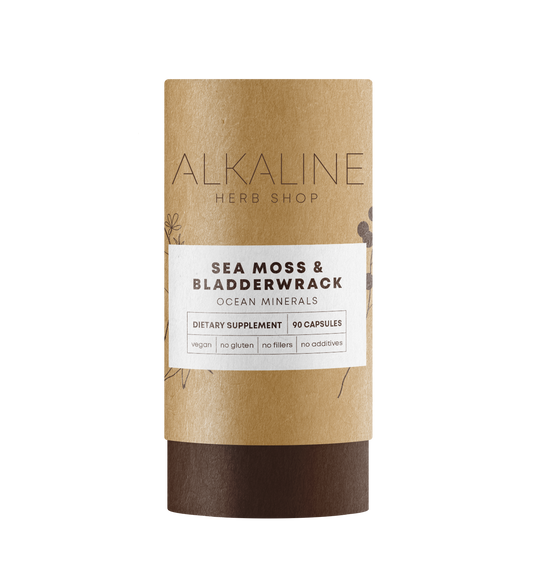
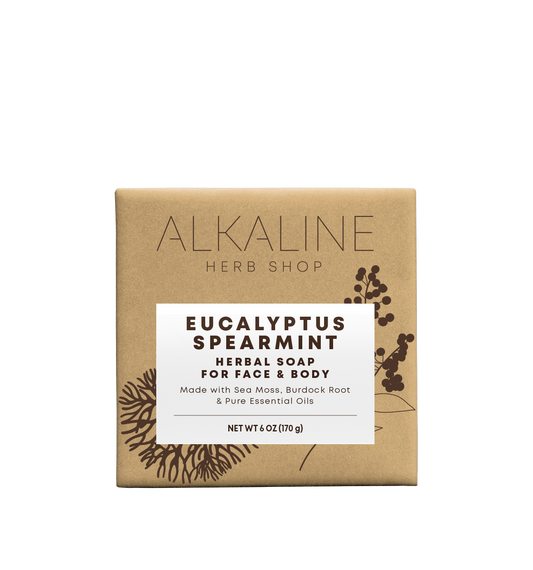
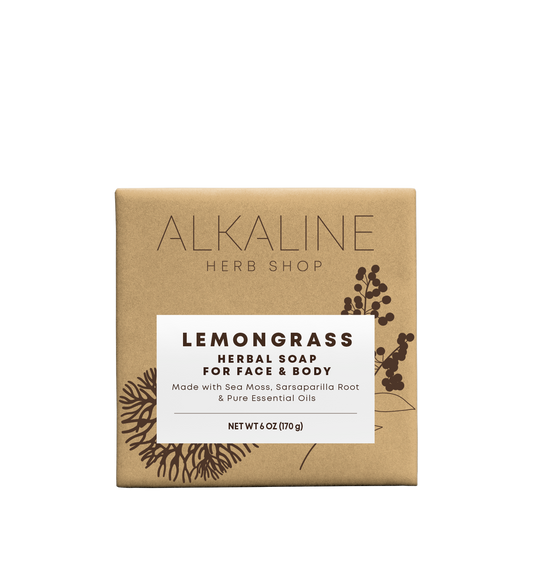
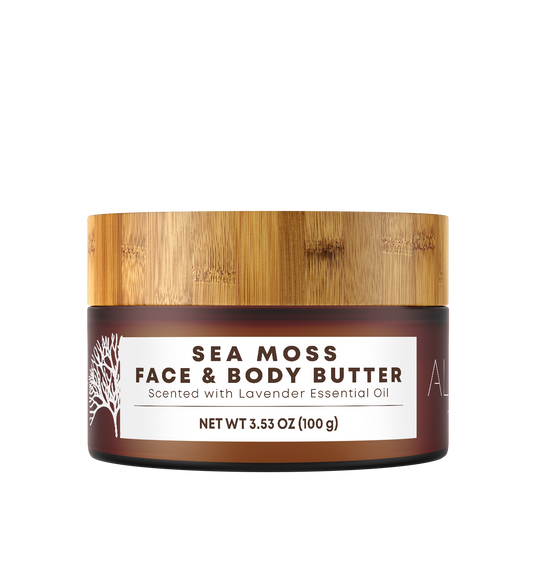
%20copy.png?v=62173825240595680121746588027)
